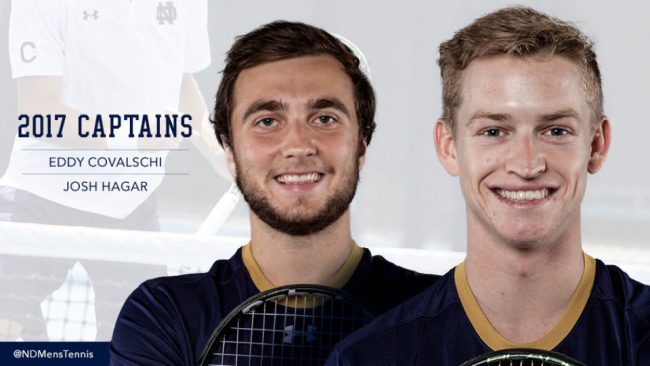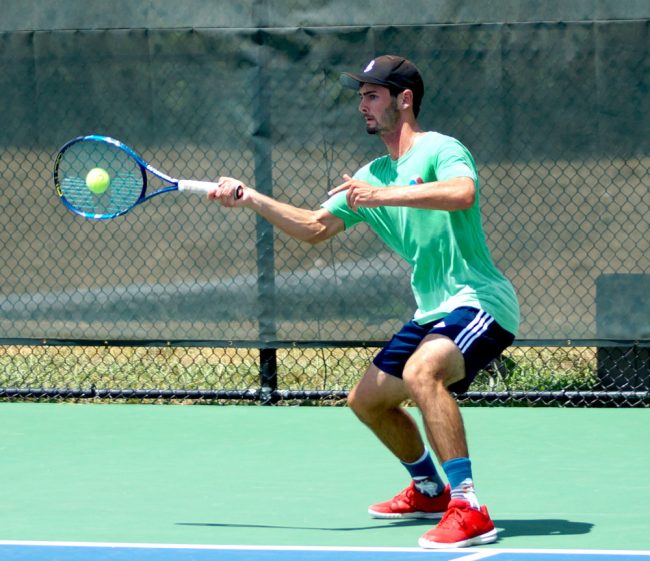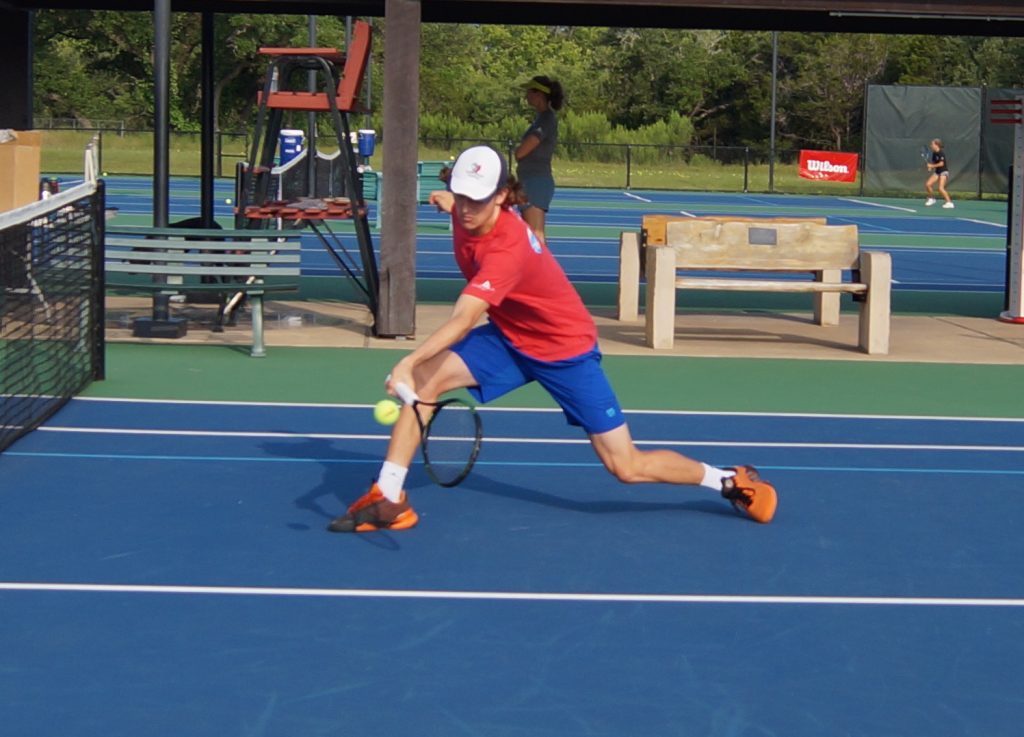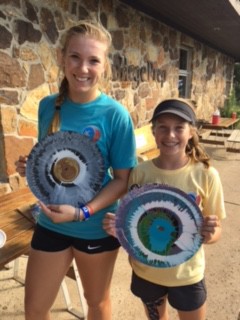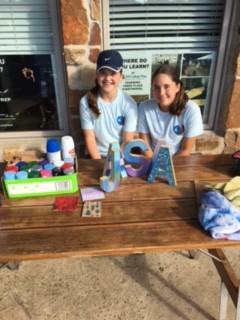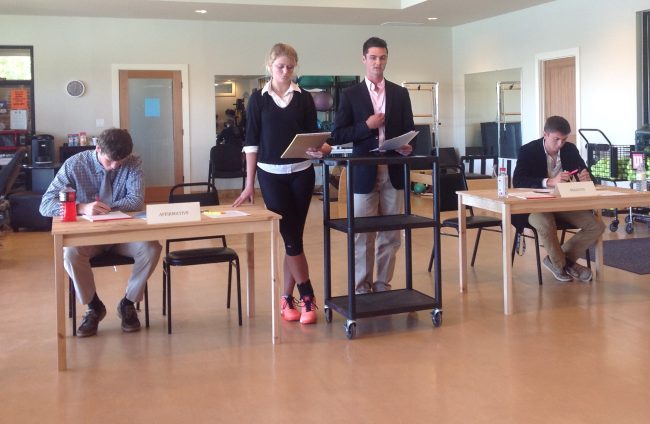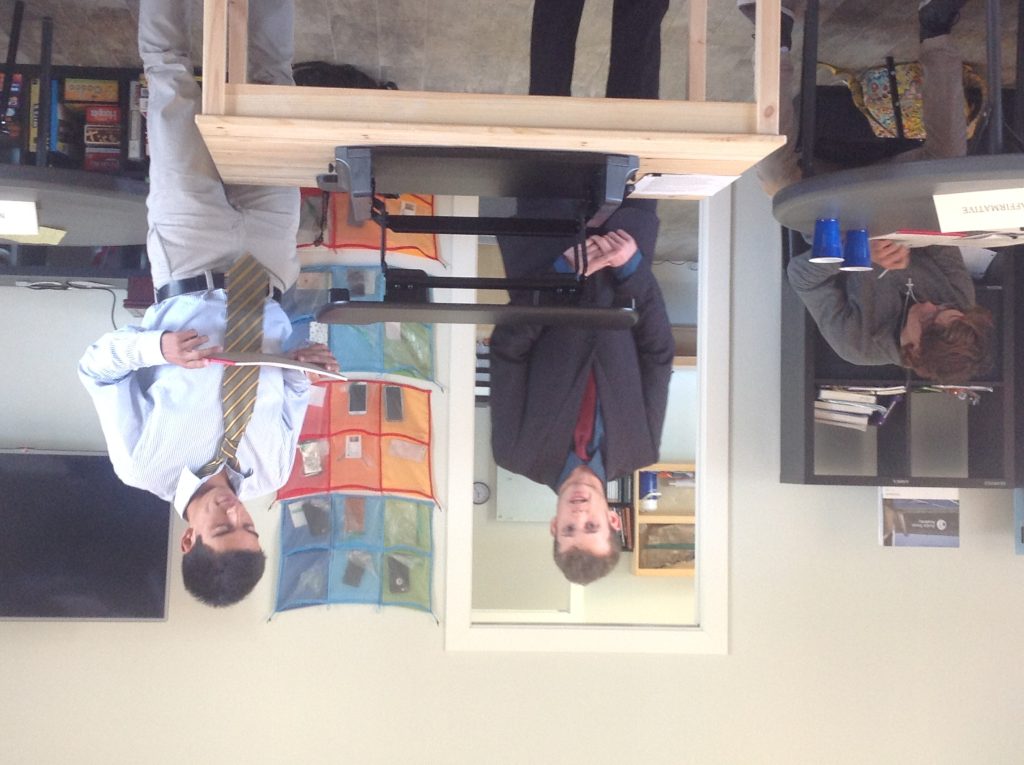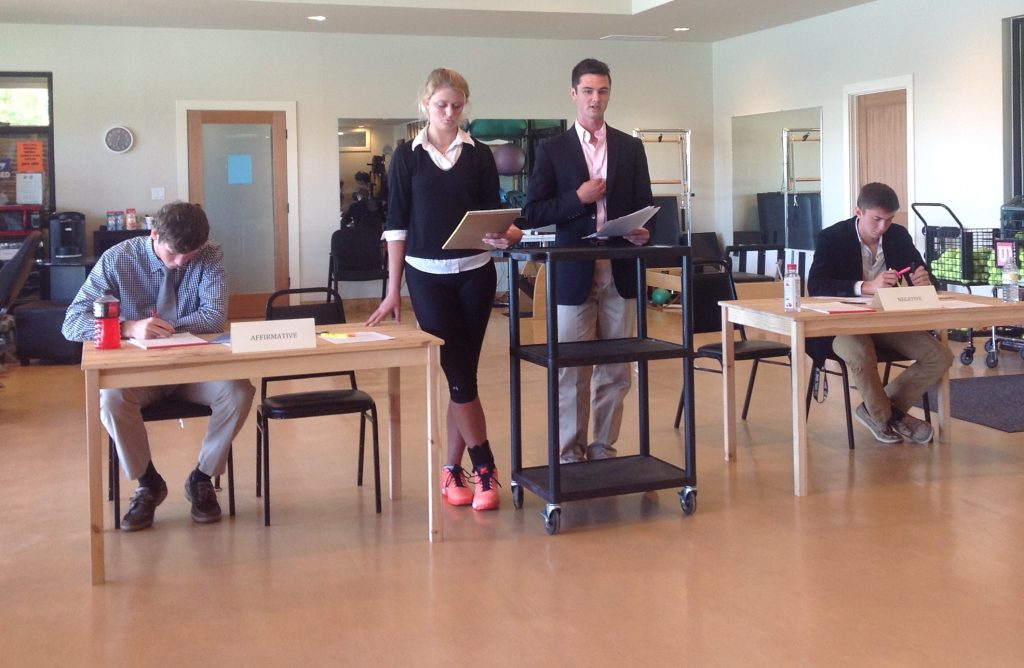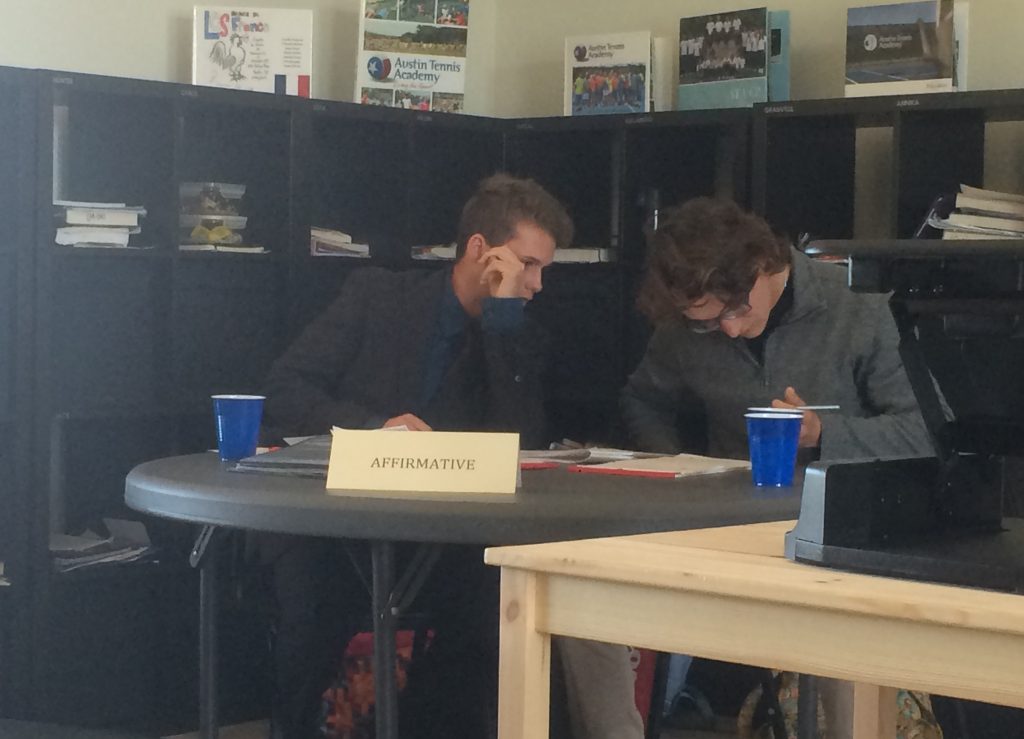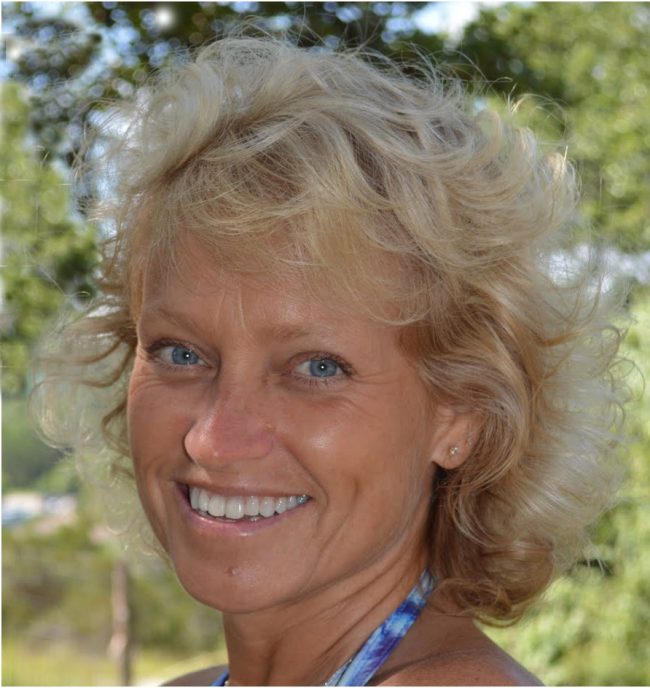Hagar Voted Irish Captain, Joins Distinguished Group Of ATA Alums
ATA College Prep graduate and life-long Austin Tennis Academy member Josh Hagar was recently voted Captain of the Notre Dame Men’s Tennis Team. Entering his senior season, Josh joins teammate Eddy Covalschi as co-captains at the helm of a strong Fighting Irish squad.
“Being voted a captain is an accomplishment I’ll remember forever,” Hagar said. “To be voted a leader of the team by my peers is the highest compliment I can think of. It’s one thing to accomplish something on the court or in the classroom, but to be recognized by my teammates, who know me better than anybody, to me that speaks volumes.”
Hagar joins a distinguished group of Austin Tennis Academy alums who went on to serve as Captain of their college tennis teams.
“It’s very humbling to join the list of past ATA players named captain of their team,” Josh said. “They embody the culture of ATA, which translates very well to a college team environment. It speaks to how important character, work ethic, and other off-court attributes are at ATA.”
Here are a few of the former ATA and ATA College Prep graduates who went on serve as team captain:
Trey Phillips – University of Texas
Blake Davis – Florida State University
Claire Cahill – Washington & Lee University
Santiago Montoya – Notre Dame
Brent D’Amico – Notre Dame
Lindsey Periera – University of Virginia
Matthew Bain – Texas A&M
Brandon Davis – University of Illinois
Whitney Waters – Redlands
Brent Werbeck – Boise State
Adam Slagter – Penn State
Jenn Wencel Werbeck – Boise State
Roger Gubser – The University of Texas
Kendall Dabaghi – Duke – Not Captain, but was President of his Class and Fulbright Scholar
Josh Hagar – Notre Dame
“It is exciting to see Josh Hagar named captain of the Notre Dame men’s tennis team,” Josh’s long-time coach and CEO of ATA Jack Newman said.
“Over 25 ATA players have been captains of their tennis teams. This is the accomplishment of which I am most proud.”

